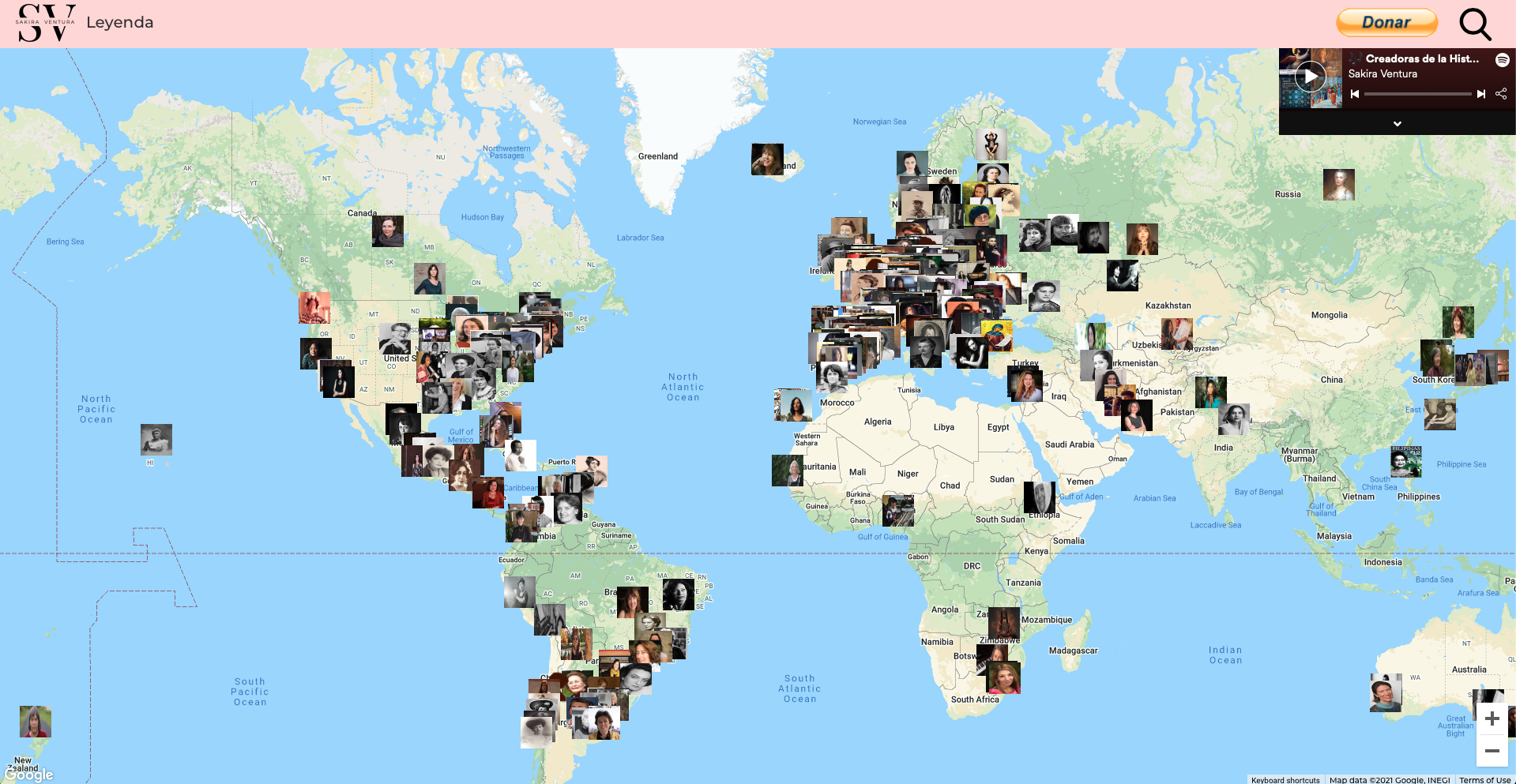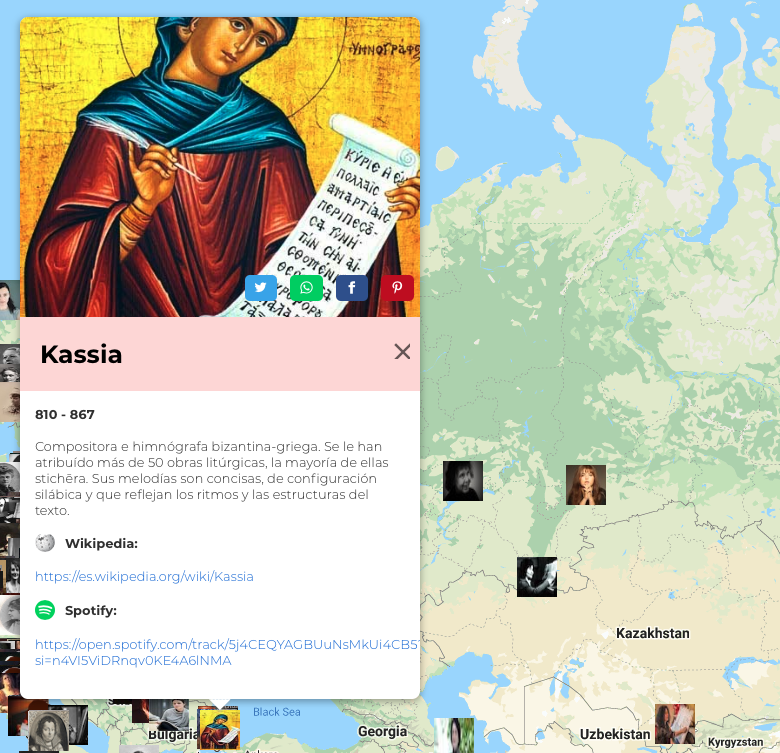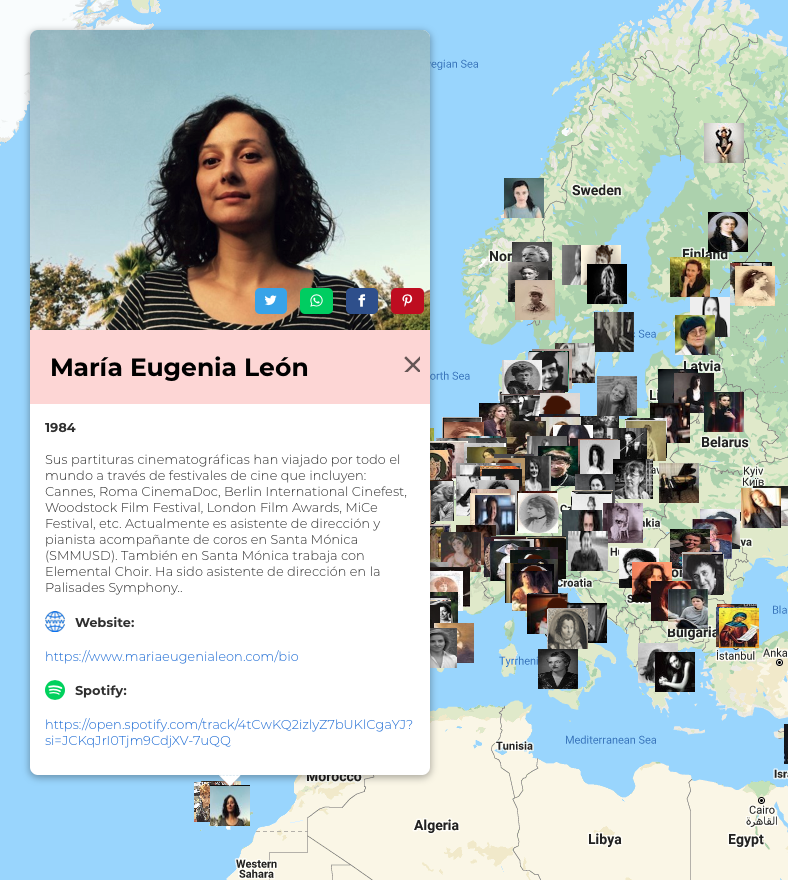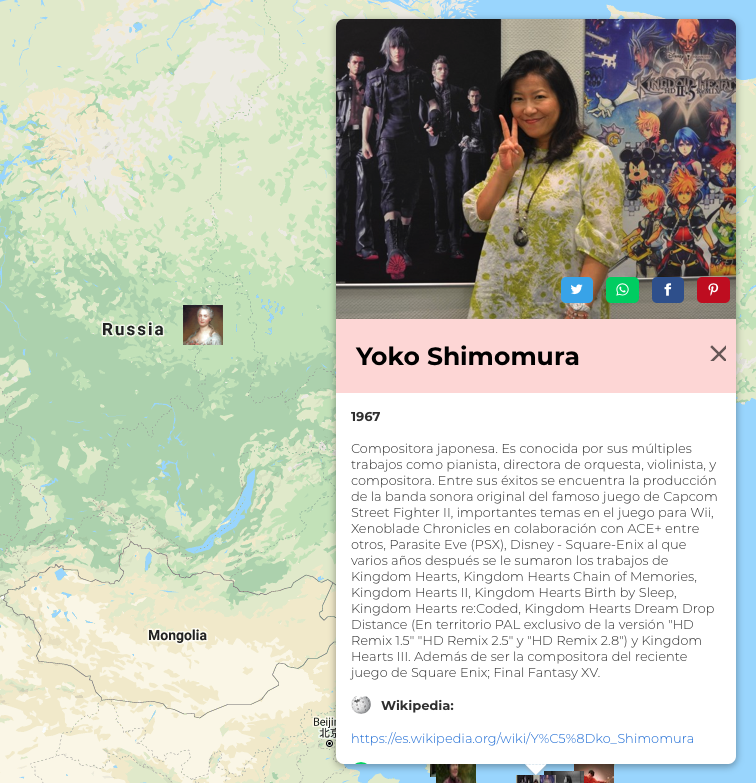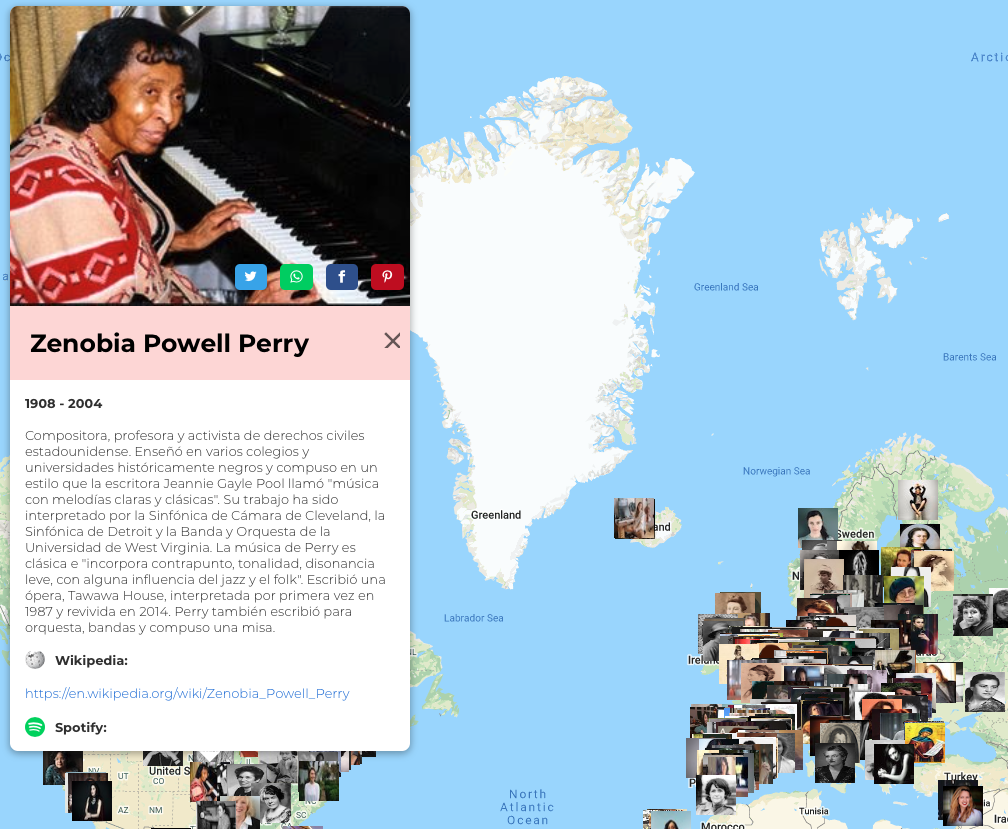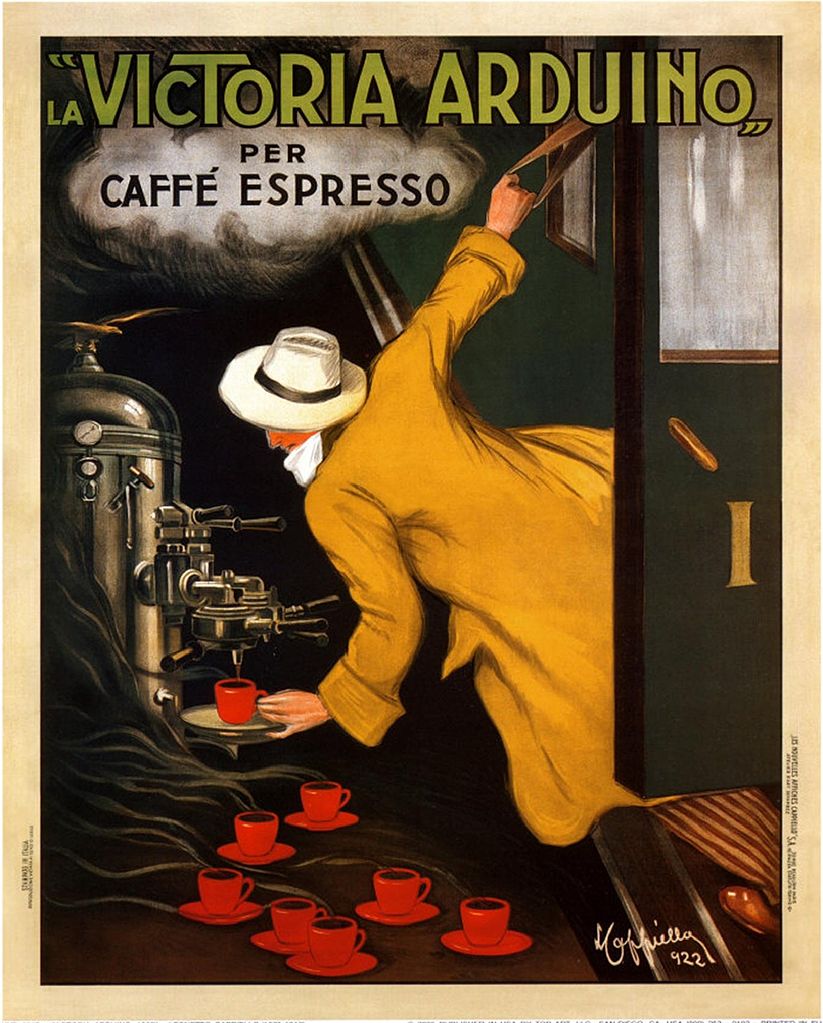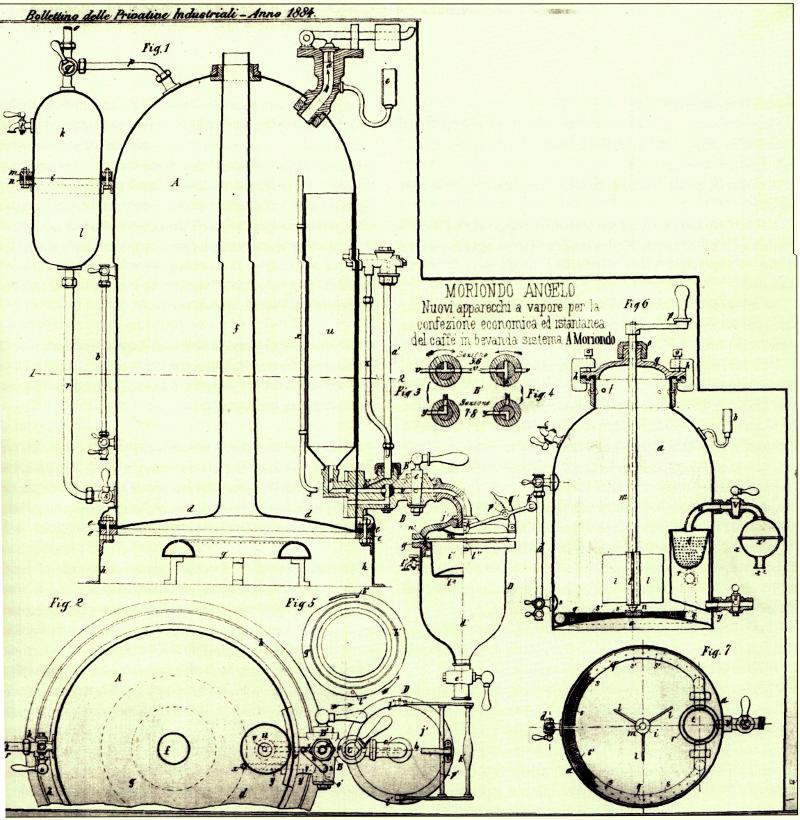[Most Recent Entries] [Calendar View]
Monday, August 23rd, 2021
- Foundations of Project Management
- Project Initiation: Starting a Successful Project
- Project Planning: Putting It All Together
- Project Execution: Running the Project
- Agile Project Management
- Capstone: Applying Project Management in the Real World
| Time | Event |
| 11:00a | An Interactive Map of 530 Female Composers from Across the Globe
Self-proclaimed traditionalists love to talk about how allowing women in the workforce precipitated social decline. This is a delusion. “Women have always worked,” as American labor historian Alice Kessler-Harris argued in her book of the same name. “In preindustrial societies,” she writes, “nearly everybody worked” in cooperative endeavors, “and almost nobody worked for wages.” And in industrial societies, women have always worked, and they were often the primary earners in their families. But since their stories do not fit a traditional narrative, they’ve been ignored. Moving goalposts and narrow definitions of what counts as “work” have marginalized women’s contributions in hundreds of fields, including music. But women have always written music, whether or not they’ve been compensated or recognized as professional composers. In some cases, their careers were cut short before they could begin. Such was the fate of Mozart’s sister, Maria Anna, who was also a child prodigy, traveling Europe with her brother and dazzling the aristocracy in the 1700s. Her accomplishments “were quickly forgotten,” writes Ashifa Kassam at The Guardian, “after she was forced to halt her career when she came of age.”
Maria Anna Mozart is one of hundreds of women composers you’ll find in the interactive map created by Sakira Ventura, a music teacher from Valencia, Spain, who has collected 530 composers, placed them geographically on the map, and included links to Wikipedia pages, websites, and Spotify. The map is in Spanish, as are all of the short biographies in each composer’s window, but Ventura links to their English-language Wikipedia pages, making this an excellent resource for English speakers as well, and a much-needed one, Ventura found out when she began her research.
When Mozart’s sister was writing music, “It was taken for granted that a work composed by a woman wouldn’t be of the same quality as that composed by a man,” Ventura says. Not much has changed. When critics have asked why she doesn’t include men on her map, “I have to explain to them that if they want to find out about male composers, they can open any book on music history, go to any concert or tune into any radio station. But if I’m putting together a map of female composers, it is because these women don’t appear anywhere else.” Visit the interactive map, Creadoras de la Historia Música, here.
Related Content: Josh Jones is a writer and musician based in Durham, NC. Follow him at @jdmagness An Interactive Map of 530 Female Composers from Across the Globe is a post from: Open Culture. Follow us on Facebook and Twitter, or get our Daily Email. And don't miss our big collections of Free Online Courses, Free Online Movies, Free eBooks, Free Audio Books, Free Foreign Language Lessons, and MOOCs. |
| 2:00p | The Birth of Espresso: How the Coffee Shots The Fuel Our Modern Life Were Invented Espresso is neither bean nor roast. It is a method of pressurized coffee brewing that ensures speedy delivery, and it has birthed a whole culture. Americans may be accustomed to camping out in cafes with their laptops for hours, but Italian coffee bars are fast-paced environments where customers buzz in for a quick pick me up, then right back out, no seat required. It’s the sort of efficiency the Father of the Modern Advertising Poster, Leonetto Cappiello, alluded to in his famous 1922 image for the Victoria Arduino machine (below). Let 21st-century coffee aficionados cultivate their Zenlike patience with slow pourovers. A hundred years ago, the goal was a quality product that the successful businessperson could enjoy without breaking stride.
As coffee expert James Hoffmann, author of The World Atlas of Coffee points out in the above video, the Steam Age was on the way out, but Cappiello’s image is “absolutely leveraging the idea that steam equals speed.” That had been the goal since 1884, when inventor Angelo Moriondo patented the first espresso machine (see below). The bulk brewer caused a stir at the Turin General Exposition. Speed wise, it was a great improvement over the old method, in which individual cups were brewed in the Turkish style, requiring five minutes per order. This “new steam machinery for the economic and instantaneous confection of coffee beverage” featured a gas or wood burner at the bottom of an upright boiler, and two sight glasses that the operator could monitor to get a feel for when to open the various taps, to yield a large quantity of filtered coffee. It was fast, but demanded some skill on the part of its human operator.
As Jimmy Stamp explains in a Smithsonian article on the history of the espresso machine, there were also a few bugs to work out. Early machines’ hand-operated pressure valves posed a risk to workers, and the coffee itself had a burnt taste. Milanese café owner Achille Gaggia cracked the code after WWII, with a small, steamless lever-driven machine that upped the pressure to produce the concentrated brew that is what we now think of as espresso. Stamp describes how Gaggia’s machine also standardized the size of the espresso, giving rise to some now-familiar coffeehouse vocabulary:
Related Content: Coffee Entrepreneur Renato Bialetti Gets Buried in the Espresso Maker He Made Famous The Life & Death of an Espresso Shot in Super Slow Motion How to Make the World’s Smallest Cup of Coffee, from Just One Coffee Bean Ayun Halliday is an author, illustrator, theater maker and Chief Primatologist of the East Village Inky zine. Follow her @AyunHalliday. The Birth of Espresso: How the Coffee Shots The Fuel Our Modern Life Were Invented is a post from: Open Culture. Follow us on Facebook and Twitter, or get our Daily Email. And don't miss our big collections of Free Online Courses, Free Online Movies, Free eBooks, Free Audio Books, Free Foreign Language Lessons, and MOOCs. |
| 3:18p | Become a Project Manager Without a College Degree with Google’s Project Management Certificate As we first mentioned last year, Google has launched a series of Career Certificate programs that allow students to gain expertise in a field, ideally enough to start working without a 4-year college degree. This initiative now includes a Certificate in Project Management, which consists of six courses. Above, a Program Manager talks about “her path from dropping out of high school and earning a GED, joining the military, and working as a coder, to learning about program management and switching into that career track.” An introduction to the Project Management certificate appears below. The Project Management program takes about six months to complete, and should cost about $250 in total. Students get charged $39 per month until they complete the program. You can explore the Project Management certificate here. And find other Google career certificates in other fields–e.g. UX Design and Data Analytics–over on this page. All Google career courses are hosted on the Coursera platform. Find more online certificate programs from an array of providers here. Note: Open Culture has a partnership with Coursera. If readers enroll in certain Coursera courses and programs, it helps support Open Culture. Related Content Become a Project Manager Without a College Degree with Google’s Project Management Certificate is a post from: Open Culture. Follow us on Facebook and Twitter, or get our Daily Email. And don't miss our big collections of Free Online Courses, Free Online Movies, Free eBooks, Free Audio Books, Free Foreign Language Lessons, and MOOCs. |
| 4:00p | 360 Degree Virtual Tours of the Hagia Sophia Last year, when Turkish president Recep Tayyip Erdo?an announced that Hagia Sophia would be reconverted into a mosque, he assured a concerned UNESCO that changes to the 1,500-year-old former cathedral-turned-mosque would have “no negative impact” on its status as World Heritage Site. “A state must make sure that no modification undermines the outstanding universal value of a site listed on its territory,” the world body has said. Claims to the contrary notwithstanding, the “universal value” of the site does seem to have been undermined. Designated a museum by the secular Turkish Republic in 1934, the site contains hundreds of years of history for both the Christian and Islamic worlds, and the shared heritage between them in the shifting mix of peoples who conquered, settled, and moved through the city first called Byzantium, then Constantinople, then Istanbul. “The World Heritage site was at the centre of both the Christian Byzantine and Muslim Ottoman empires and is today one of Turkey’s most visited monuments,” Reuters noted last year. The mosque is open to the public for prayers, and anyone can visit. What they’ll find — as you can see in this recent tour video — is ugly green carpeting covering the floor, and screens, panels, and plywood obscuring the Byzantine Christian art. (The same thing was done in the smaller Hagia Sophia in the city of Trabzon.) These changes are not only distressing for UNESCO, but also for lovers of art and history around the world, myself included, who had hoped to one day see the millennia-and-a-half of blended religious and aesthetic traditions for themselves. It’s possible Turkish politics will allow Hagia Sophia to return to its status as a museum in the future, restoring its “universal value” for world history and culture. If not, we can still visit the space virtually — as it was until last year — in the 360 degree video views above, both of which allow you to look around in any direction as they play. You can also swivel around a spherical panoramic image at 360 cities. The BBC video at the top narrates some of the significant features of the incredible building, once the largest church in the world, including its “colored marble from around the Roman Empire” and “10,000 square meters of gold mosaic.” Learn much more about Hagia Sophia history in the video above from Khan Academy’s executive directors (and former deans of art and history), Dr. Steven Zucker and Dr. Beth Harris. Related Content: An Introduction to Hagia Sophia: After 85 Years as a Museum, It’s Set to Become a Mosque Again Hear the Sound of the Hagia Sophia Recreated in Authentic Byzantine Chant Josh Jones is a writer and musician based in Durham, NC. Follow him at @jdmagness 360 Degree Virtual Tours of the Hagia Sophia is a post from: Open Culture. Follow us on Facebook and Twitter, or get our Daily Email. And don't miss our big collections of Free Online Courses, Free Online Movies, Free eBooks, Free Audio Books, Free Foreign Language Lessons, and MOOCs. |
| << Previous Day |
2021/08/23 [Calendar] |
Next Day >> |
